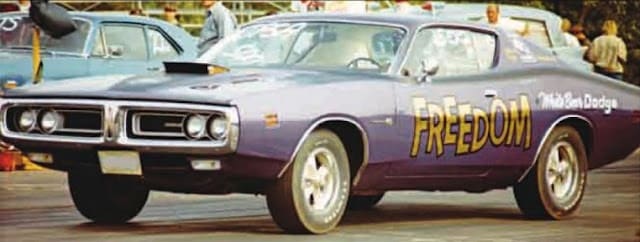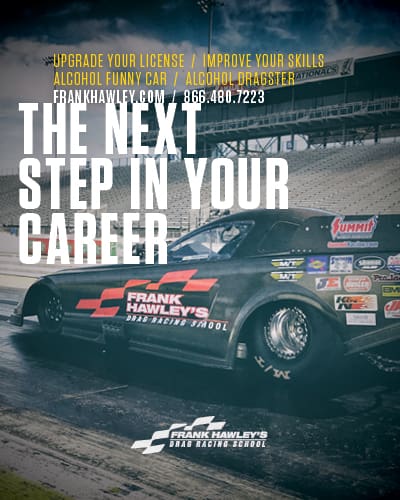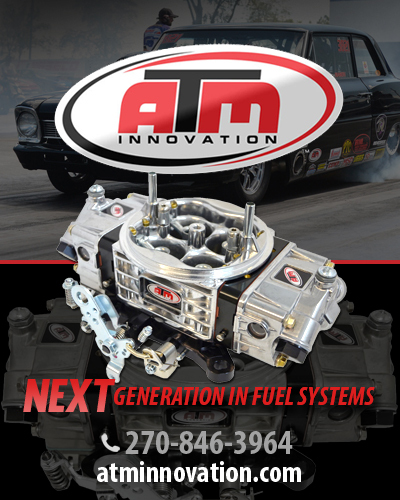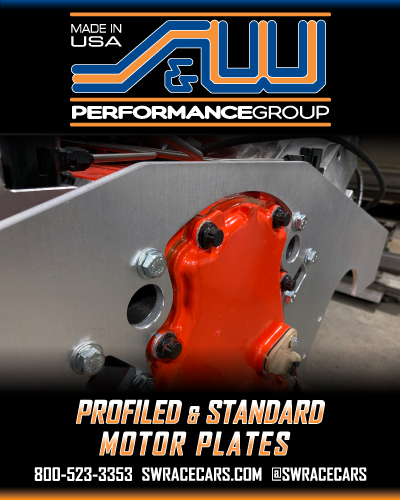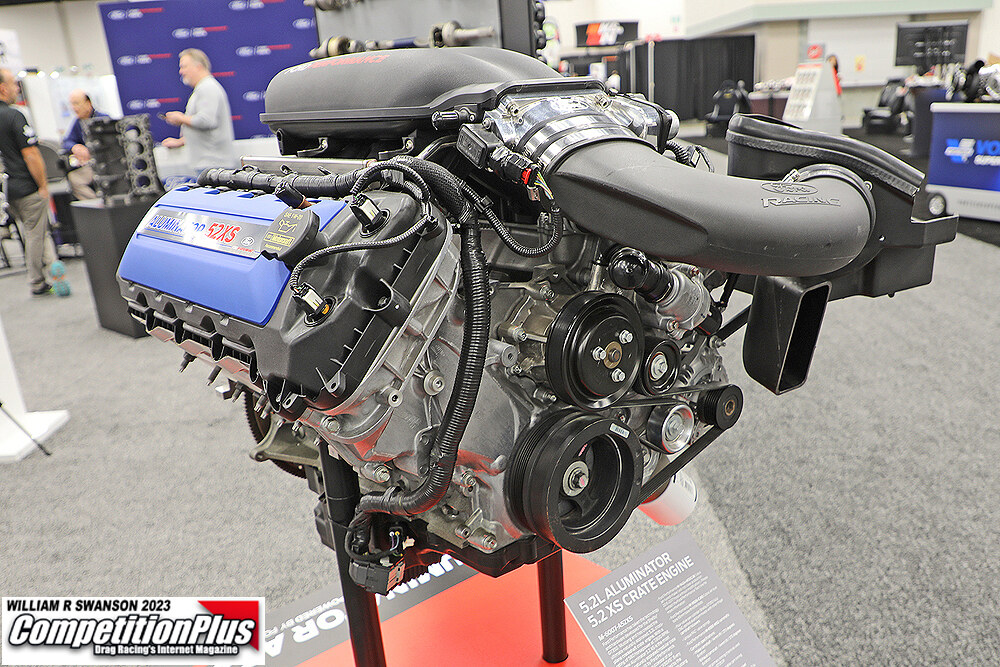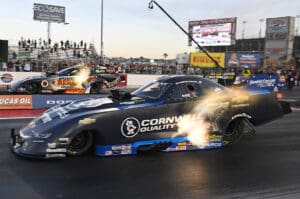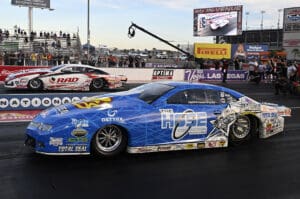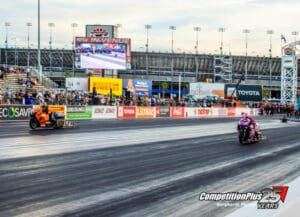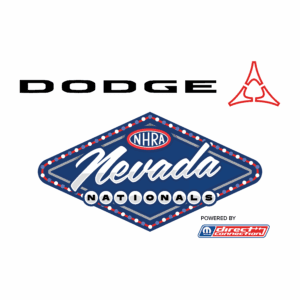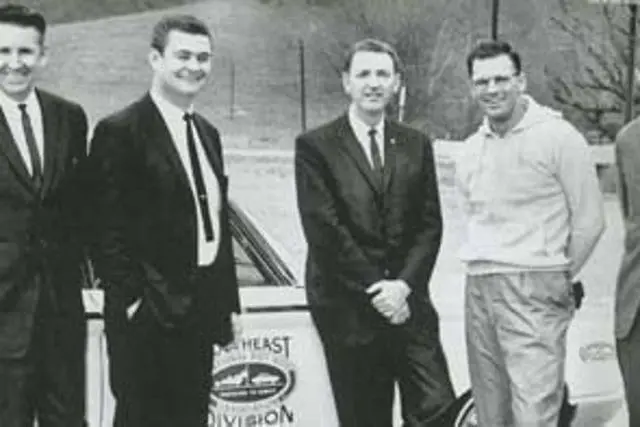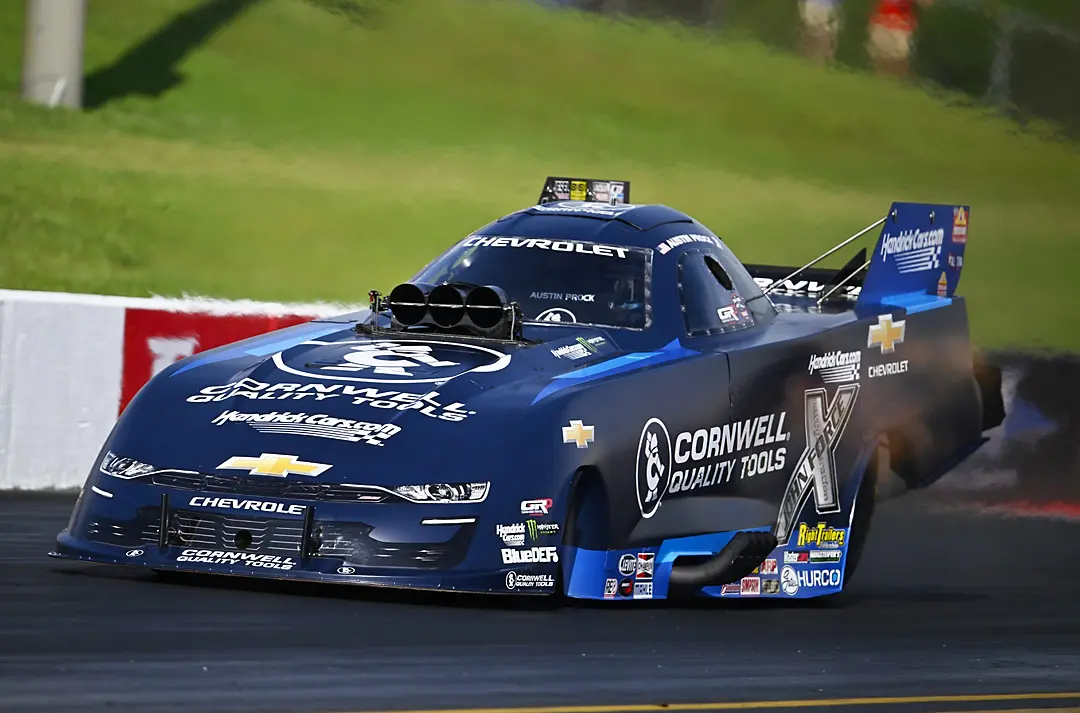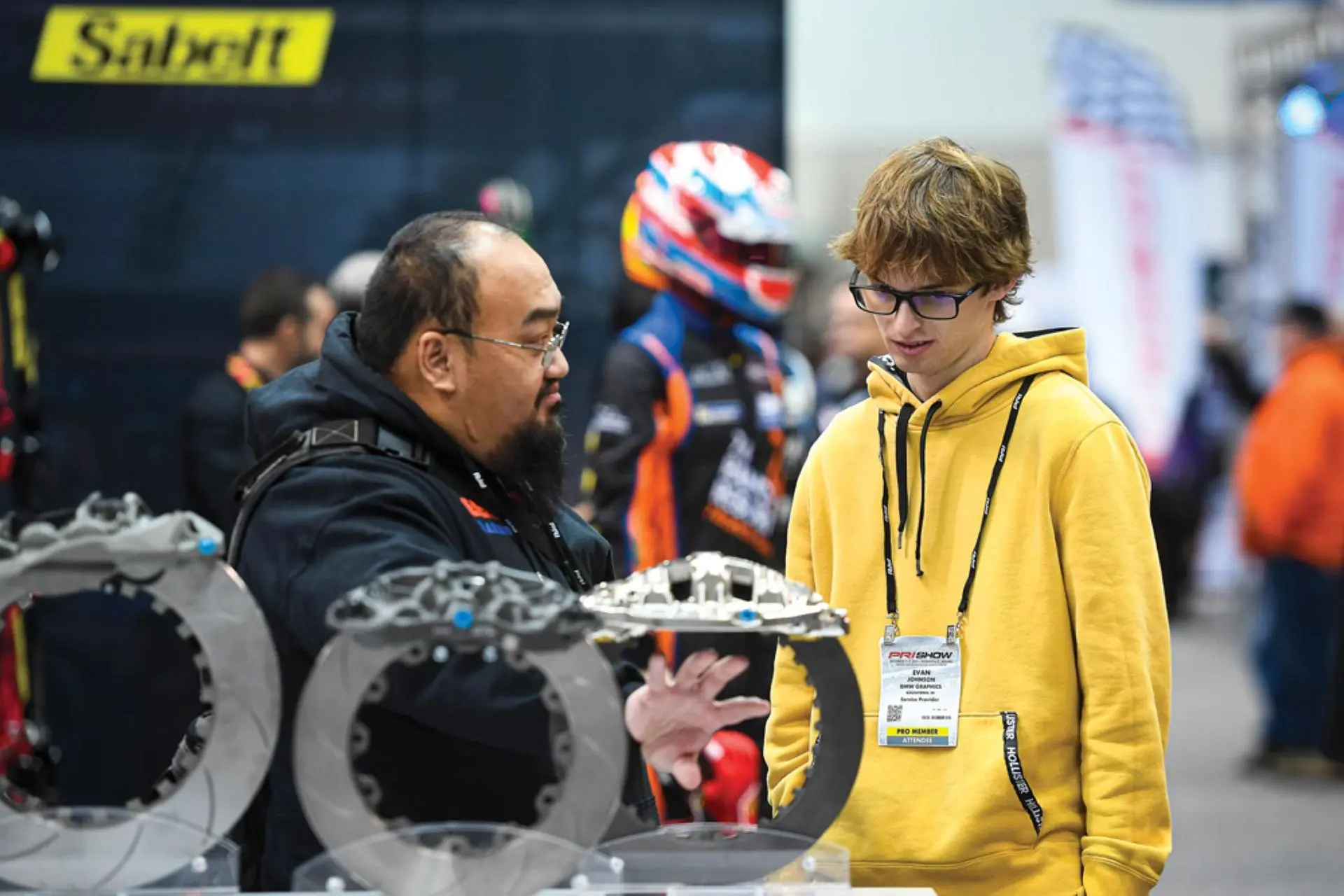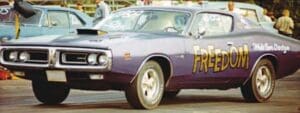There is little that 79-year-old Alan Page hasn’t accomplished in life.
Growing up in Canton, Ohio, Page graduated from the University of Notre Dame, earning a B.A. in political science in 1967. But this isn’t how most people learned about him. He was a first-round draft choice of the NFL’s Minnesota Vikings, where he played defensive tackle as a part of the feared Purple People Eater defense before closing his career with the Chicago Bears. He made history in 1971 when he became the first defensive player ever to win the NFL MVP Award, a feat matched only by Lawrence Taylor since then.
Football was a springboard to a series of lifetime achievements, earning a J.D. from the University of Minnesota Law School in 1978. His judicial career culminated in his role as an associate justice of the Minnesota Supreme Court, a position he held from 1993 until his mandatory retirement at age 70 in 2015.
Page’s contributions to both sports and law have earned him numerous accolades, including induction into the College Football Hall of Fame in 1993 and the Pro Football Hall of Fame in 1988. In 2018, he was awarded the Presidential Medal of Freedom by President Donald Trump, further cementing his legacy as one of the most outstanding defensive linemen in NFL history.
However, what gets lost in these legendary accomplishments is that Page used to be a drag racer.
For a brief time in 1971, Page put aside the adrenaline of the football field for the quarter-mile of Minnesota Dragways, where he got his rush behind the wheel of a brand-new Dodge Charger Superbee.
Page never competed on the national scene, choosing to remain close to his Minnesota home, racing his Mopar in the track’s J/Pure Stock Automatic classification.
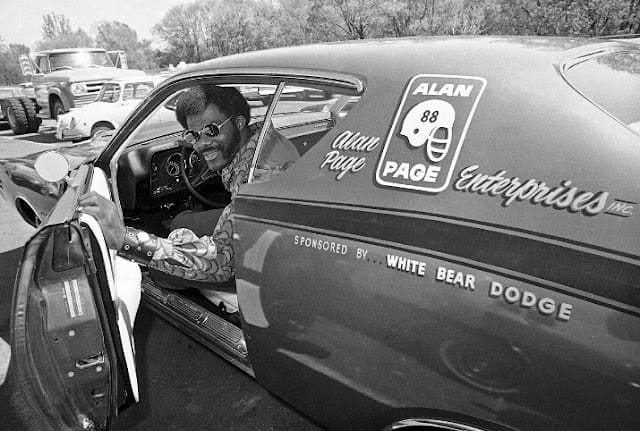
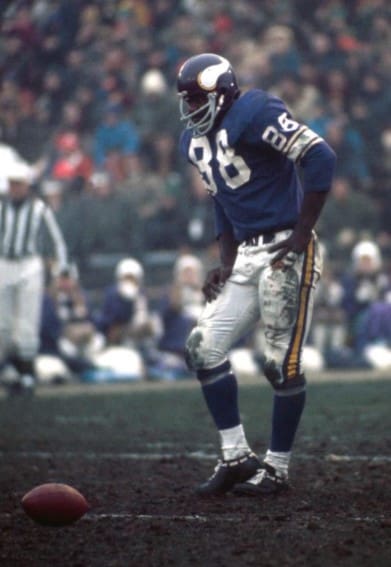
For Page, borrowing Top Fuel racer Clay Millican’s phrase “Stomping on that Loud Pedal” and chasing down a quarterback had equal moments of gratification.
“They both had their positives, trust me,” Page said. “I don’t know that, in fairness, looking at it objectively, if one was more interesting than the other, certainly chasing quarterbacks was more challenging in the sense that when you’re sitting on the start line in the drag race, you basically have to catch the light. And once you do that, at least, I mean, it wasn’t like I was in a Top Fuel dragster, so all you had to do is basically hold onto the wheel, keep it straight.”
According to noted musclecar historian Wes Eisenshenk, the car Page owned was no slouch. It was a 383-inch, 335-horsepower Magnum Super B in Plum Crazy with a black interior.
Page was proud of the race car he got from the legendary White Bear dealership. The 383-inch powered, four-barrel engine was enough to propel him to a 14.67, 98 miles per hour.
While growing up in Ohio, Page developed an affection for fast cars and a passion for drag racing. It’s only when he arrived at Notre Dame that it revved up when he became friends with Leonard Woods Jr., of the legendary Stone, Woods and Cook team.
“We used to go to drag races and see the drag races,” Page recalled.
“The drag strip was one of my happy places for sure. I loved doing it. Like a lot of athletes, I have a competitive streak and certainly you’ll line up and it’s all about the competition.”
Page represents one of several former NFL players who have tried the drag strip. In the 1980s, former Houston Oilers quarterback became the only NFL player to win an NHRA national event. He’s a player that Page remembered chasing around the field. Page ended his career with 148.5 sacks, 2 of which came against Pastorini in a 1974 meeting between the Vikings and the Oilers.
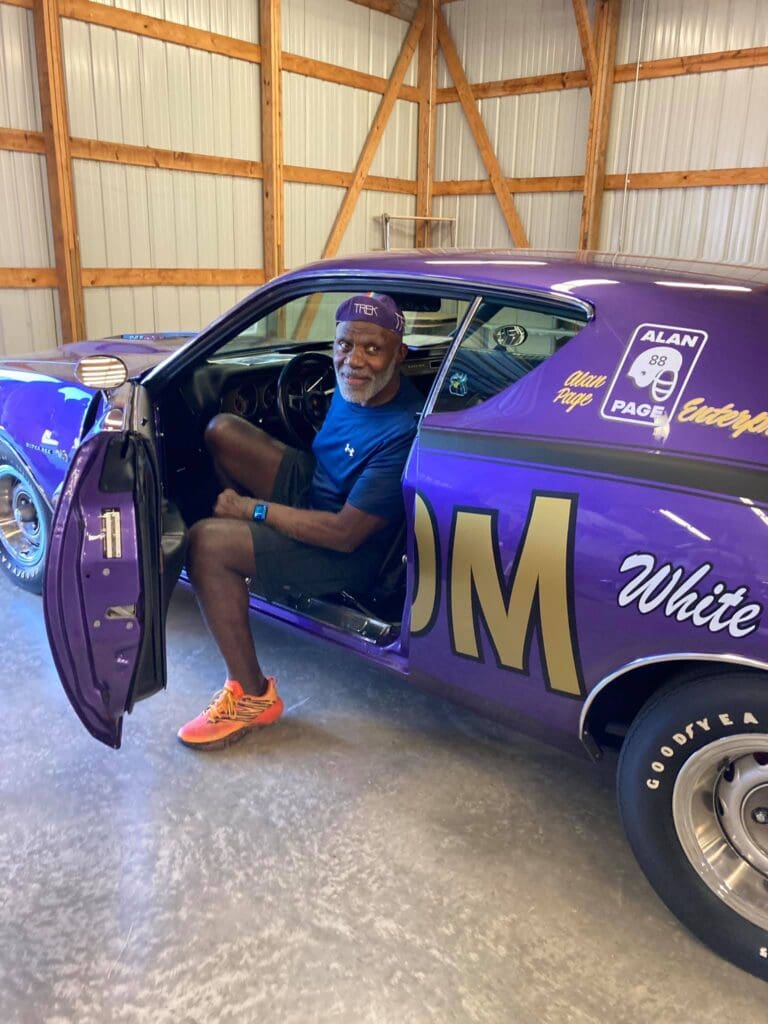
In recent years, Tyler Brayton (Carolina Panthers) and Fletcher Cox (Philadelphia Eagles) have drag raced. Most recently, the retired Cox drove to a semi-final finish in his drag racing driving debut.
Page, Brayton, and Cox all have their positions as defensive linemen in common.
“That would not surprise me,” Page said when presented with this stat. “Not really. I think you were pretty comprehensive. There is something about the competition and one of the things as a football player I prided myself in was being able to move with the football so that you’re not offside. You have an advantage if you can move with the football because the offensive lineman has to wait for it. They can’t go until it moves. As a defensive lineman, you can have a little more leeway than the offensive lineman does. And that same aspect comes into play in terms of anticipating the light. Making sure that the instant the light changes, the closer you can be to that, is an advantage.”
Another thing that doesn’t surprise Page is the diversity of drag racing presents.
“I don’t think it’s perfect, but to some degree it’s more accessible than other motorsports,” Page said. “Part of that is having access and being able to get started. And if that’s your passion, obviously, you have to develop the skills along the way. But if you’ve got a car with a motor in it and you have any, both athletic sense and mechanical sense, you can get started, which gives you the opportunity.
“Whereas some of these others, I can’t remember all the details, but some of the stories I’ve seen about Lewis Hamilton and Formula One, the cost of entry, and he had parents who were willing to pay that cost, but the cost of entry into the go-karts and you work your way up, it’s a bloody fortune.
“That is not to say that drag racing can’t be expensive, but at least in the early stages, you can begin at a level that doesn’t require you to be excessively wealthy.”
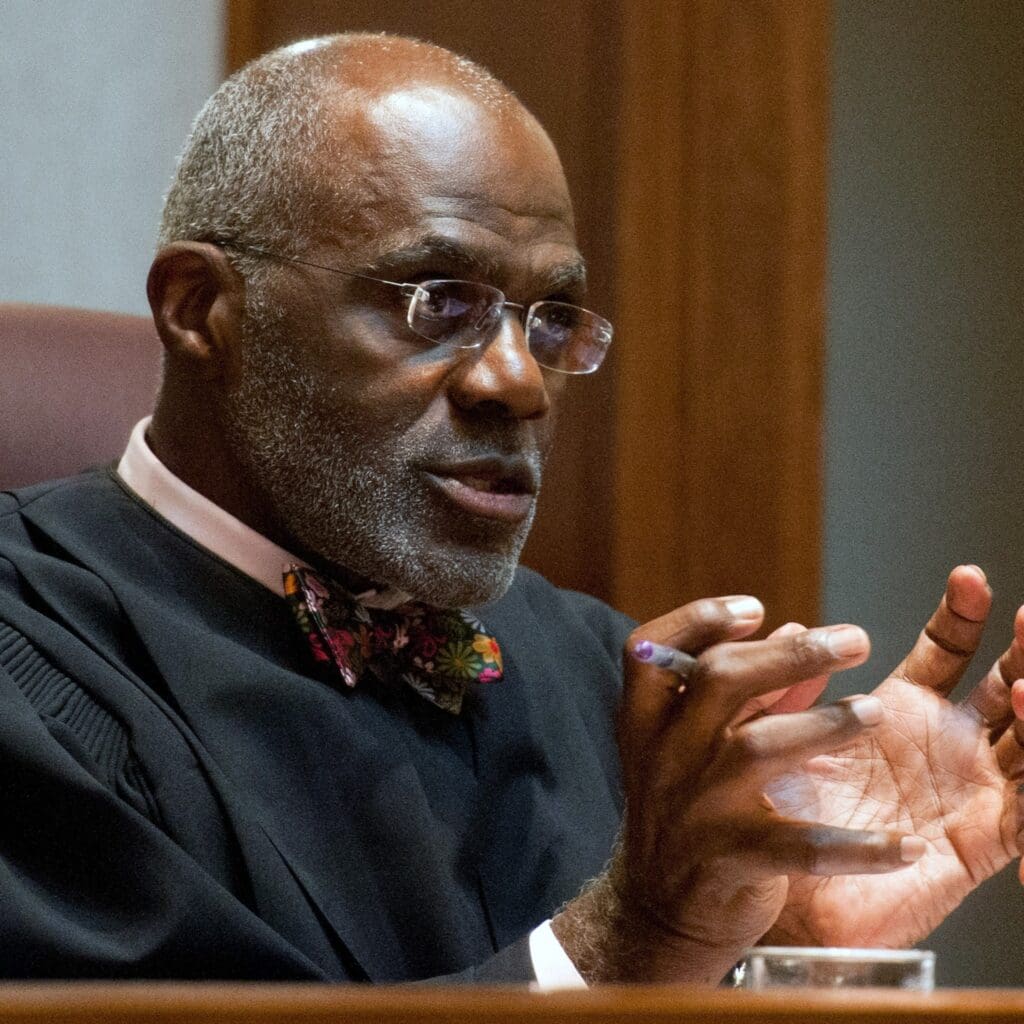
This access, Page believes, is what steered him toward the straight-line sport.
“Long before I started doing it, as a kid growing up, I was interested in Hot Rod Magazine,” Page said. “And not that it’s something we want people doing, but people were racing on the streets. So it was there to be seen, and it, for whatever reason, captivated me.”
Page got out of racing not because anyone forced him to. Still, because he had a wife and children, who were more important than racing, not to mention a demanding NFL work schedule, Page felt it was best to sell the Mopar, which was eventually destroyed in a non-racing accident.
“It’s been a while since I’ve gone to the strip, but now you can watch it on television,” Page said. “You can watch it live, you can watch it, past events, and I don’t spend a lot of time doing it. But occasionally I’ll be at my computer and watch a race or two.”





